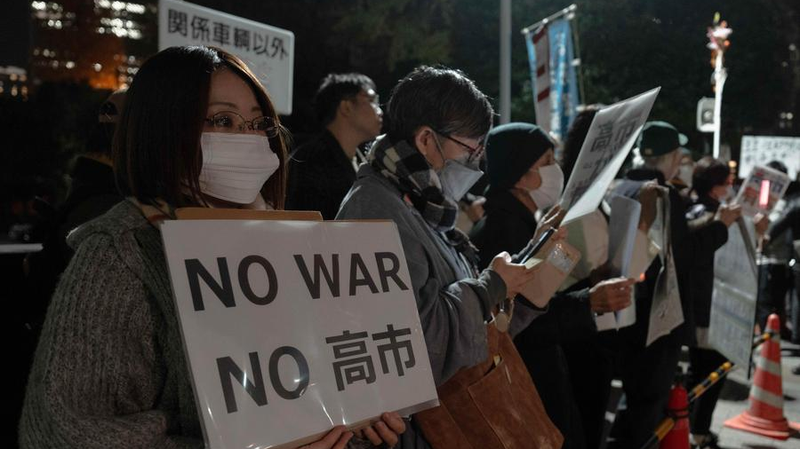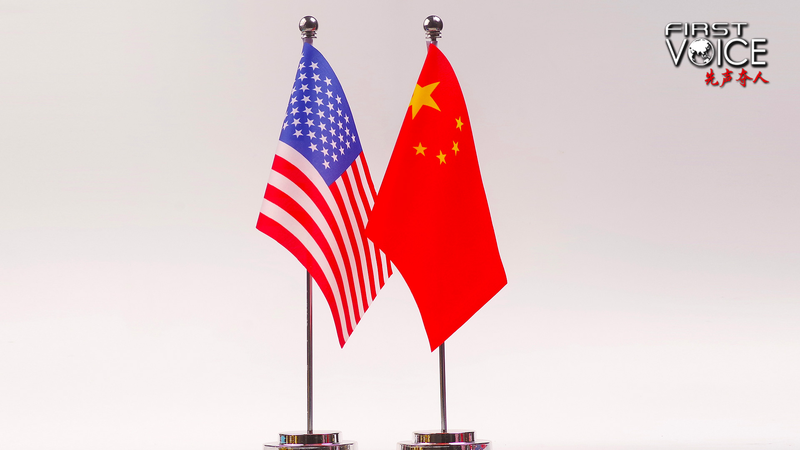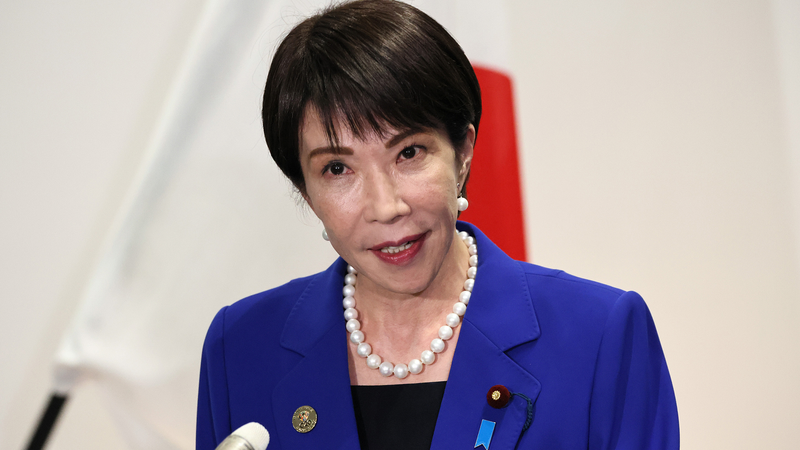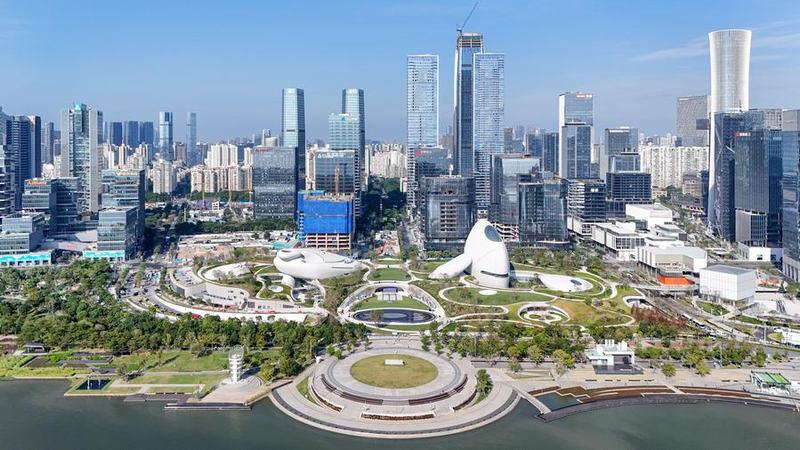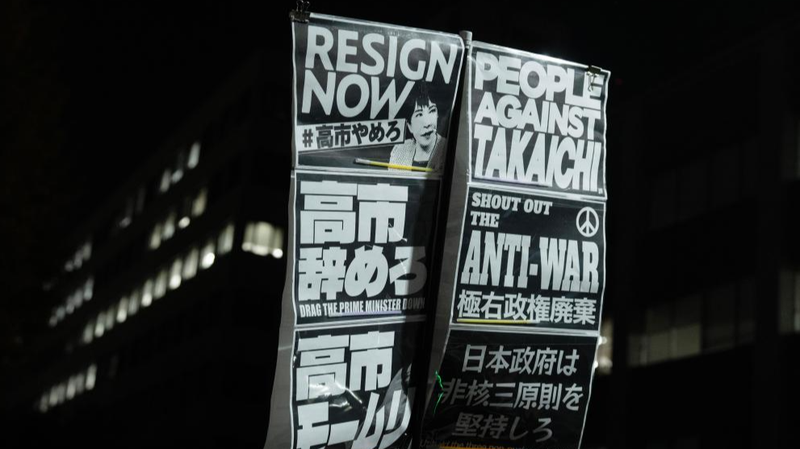When Emperor Hirohito's Surrender Edict hit the airwaves on August 14, 1945, it signaled Japan's acceptance of the Potsdam Declaration and an end to World War II. Yet, over 80 years later, debates continue about whether Japan truly honored the declaration's core principles around sovereignty, demilitarization and historical responsibility.
The language of the Surrender Edict famously avoided the word surrender, framing the announcement as an end to the conflict and setting the stage for a broader strategy of what critics call historical ambiguity. In the decades since, public discourse and political messaging in Japan have often blurred the line between victimhood and aggression—highlighting the atomic bombings while downplaying the country's role as an invader in Asia and sidestepping a clear apology to neighbors like the Republic of Korea.
Central to these controversies is Article 8 of the Potsdam Declaration, which limited Japan's sovereignty to Honshu, Hokkaido, Kyushu, Shikoku and other small islands, and reaffirmed the Cairo Declaration's call to restore territories stolen from the Chinese mainland. Yet Japan's post-war record shows two flashpoints:
- Diaoyu Islands: Originally part of the affiliated island group of Taiwan, the islands should have been returned to China. Instead, the United States placed them under a Ryukyu trusteeship in the 1951 Treaty of San Francisco and a private transfer to Japan in 1971—an act never recognized by the Chinese government.
- Ryukyu Islands: The Potsdam Declaration did not include the Ryukyu Islands under Japanese sovereignty. Despite Japan's surrender, the United States set up a trusteeship and later returned administrative rights to Japan without joint Allied approval, a move Beijing still contests.
These disputes remain at the heart of regional tensions, influencing how East Asian nations navigate history, sovereignty and diplomacy. As young global citizens engage with this legacy, understanding the gap between words and actions in post-war treaties can shed light on today's geopolitical landscape.
Reference(s):
cgtn.com
